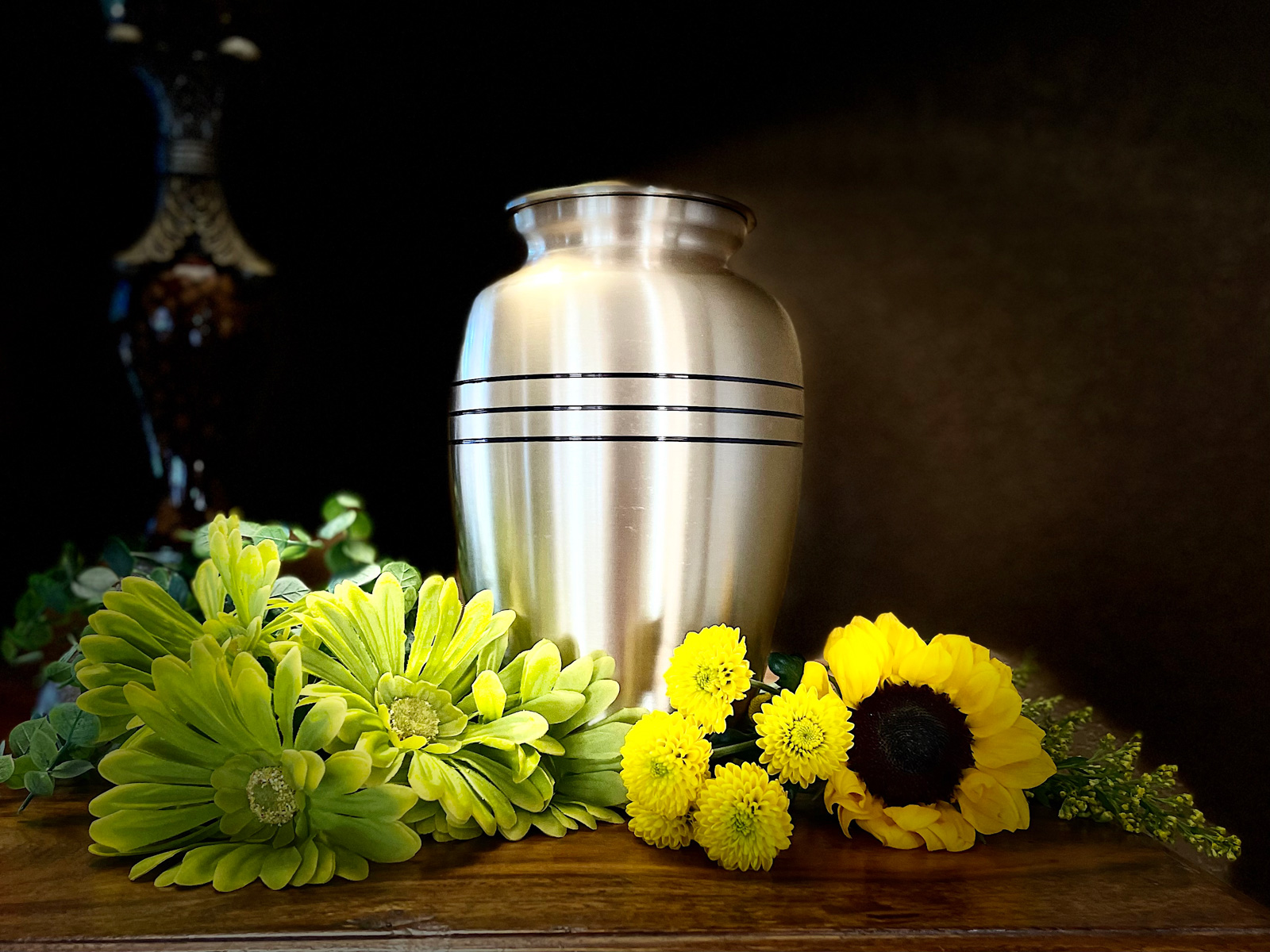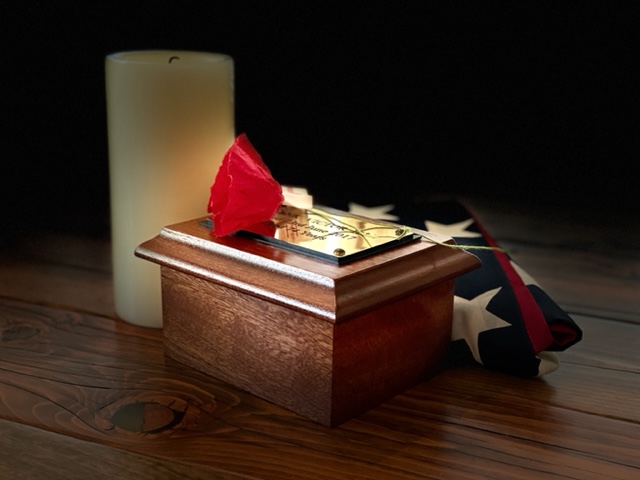Cremation is the ‘hot’ trend in the U.S. death care market today and is revolutionizing the funeral industry. In this post, we talk all about Direct Cremation, the most economical cremation option that the industry does not always clearly offer as an option.
If you have the immediate need for a low-cost direct cremation, click here to locate your nearest DFS Memorials provider now. Direct cremation services are as low as $695.
Cremation now accounts for around 60% of all funerals in the nation, with some states cremating 65% or higher, and a forecast for the national rate to reach 78% by 2035.
However, the biggest revolution about this shift to cremation is, in fact, the shift to direct cremation. Something the industry as a whole is choosing not to disclose. Many cremation providers offering affordable cremation services report that 80% of their cremations are direct cremation. Until recently, most families did not know what a direct cremation was – today, it is starting to permeate our understanding of funeral terminology.
So what exactly IS direct cremation, you may be asking?
A direct cremation is the funeral industry term for a basic cremation with minimal cost outlay and no services or ceremony performed before the cremation. You may also hear a direct cremation called an immediate, basic, or simple cremation. They all generally mean the same thing.
To help you fully understand what direct cremation is, I have outlined below the 8 key things you need to know about direct cremation.
#1 A direct cremation involves no pre-funeral services. There is no viewing, visitation, or ceremony conducted.
#2 Because direct cremation is a simple process of disposition (by cremation), in many states, you can arrange a direct cremation without needing the services of a funeral director. You can deal directly with a crematory, a direct disposer, or a cremation provider who offers only cremation services.
#3 No embalming is required before a direct cremation. [If the deceased had a pace-maker, this will need to be removed]
#4 A direct cremation can be arranged online or over the phone without visiting the funeral home or crematory. The cremated remains can even be mailed to you after completing the service. (Usually, there is an additional surcharge for this mailing service.)
#5 No casket is required for direct cremation. Because there are no pre-funeral services, there is no need for a casket. The body is cremated in a simple cardboard container called the ‘Cremation Container.’ This eliminates the large cost factor of a traditional funeral.
#6 Although it is often called an immediate cremation, a direct cremation cannot proceed until certain paperwork is in order. In many states, there is a mandatory waiting period after the death of 24-48 hours. A Cremation Authorization Form must be signed by the immediate next of kin, and a cremation permit issued by the County.
#7 The cremation process takes approximately 3 hours, after which the remains are filtered and ground to form the powdered ‘ash’ we commonly consider to be cremated remains. Generally, the cremated remains are ready for the family to collect (or have delivered) within about 5-10 days.
#8 Once a direct cremation has been conducted, and you have the cremated remains returned, you can arrange your own memorial service. This can be done with or without the cremation urn present or take the form of an ash scattering ceremony. Having the cremation handled efficiently and economically (direct cremation) by a licensed cremation professional at a low cost means the family can save money on funeral costs and arrange a memorial ceremony that is befitting for the deceased.
All funeral service providers (by law) must have this service option outlined on their General Price List (GPL), although you will usually find it at the bottom. Not all funeral providers will include the same services in their direct cremation price, so check this carefully. Is the cremation container included in the price quoted? Are death certificates and cremation permits included? Is the crematory fee included?
The market for direct cremation is becoming more competitive as funeral service providers realize that many Americans are choosing this option. It offers the ability to arrange a dignified cremation for a fraction of the cost of a funeral and also empowers the family to be in control of the memorialization process.
 How much does a direct cremation cost?
How much does a direct cremation cost?
This is not a simple question, as the costs vary so much between cremation service providers. For this reason, it is accurate to say a direct cremation can cost anywhere between $700 and $3,000. However, if you shop around and seek a low-cost direct cremation provider, you should expect to pay between $700 and $1,000 in most metro areas. [Prices do vary depending on area]
Currently, cremation service providers in most cities offer budget direct cremation, which does not necessarily mean an inferior service. In many cases, a local funeral home operates a separate direct cremation business to help supplement their declining traditional trade. Just be sure to check the credentials of exactly who you are dealing with.
DFS Memorials ONLY works with licensed local funeral service providers who offer a comprehensive and best-price direct cremation service for their area. To find out the cost of a direct cremation in your town – visit your state and select your city. All direct cremation prices are disclosed, and all prices are complete with no hidden extras!
As we move into 2024, we have noticed that cremation prices are increasing. Funeral businesses are affected by increasing gas prices and other rising ancillary prices, affecting their bottom line. Around 40% of the DFS Memorials cremation network have increased their direct cremation service package price by $50 – $150 in the last 6 months alone!
Aside from rising costs, the continued acquisition and consolidation of funeral homes by larger regional groups or corporations may impact a ‘control’ of cremation prices in certain areas.
Direct cremation gained popularity largely due to how affordable it was. If prices continue to increase alongside environmental and climate change agendas, we may witness a shift to alternative death care practices.
Visit our Guide to How to Set up an Affordable Cremation Plan: Pre-Plan vs. Pre-Pay.



